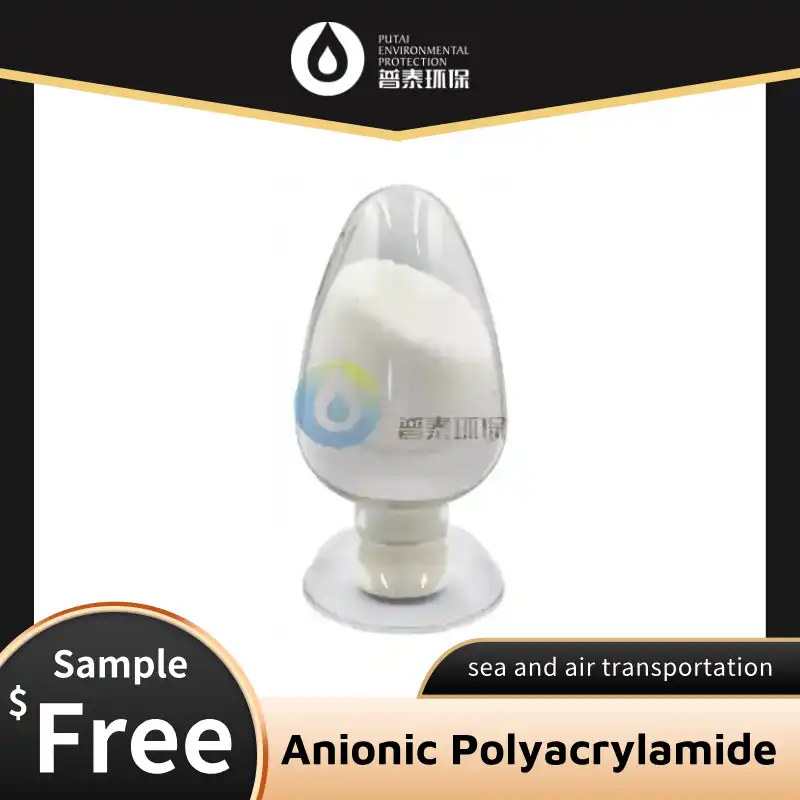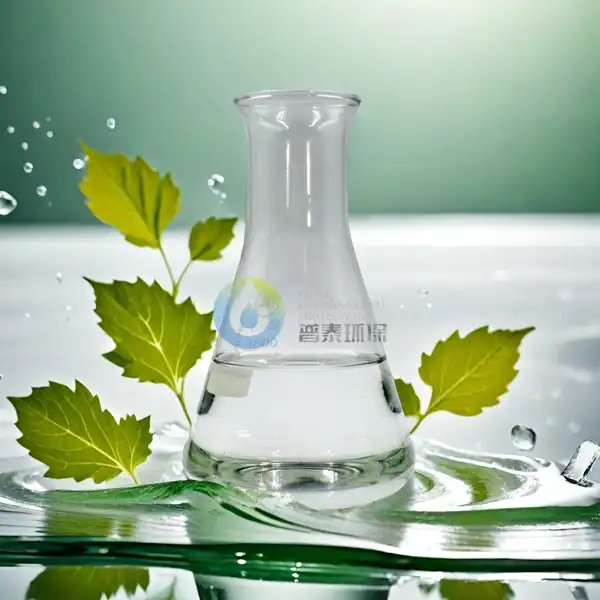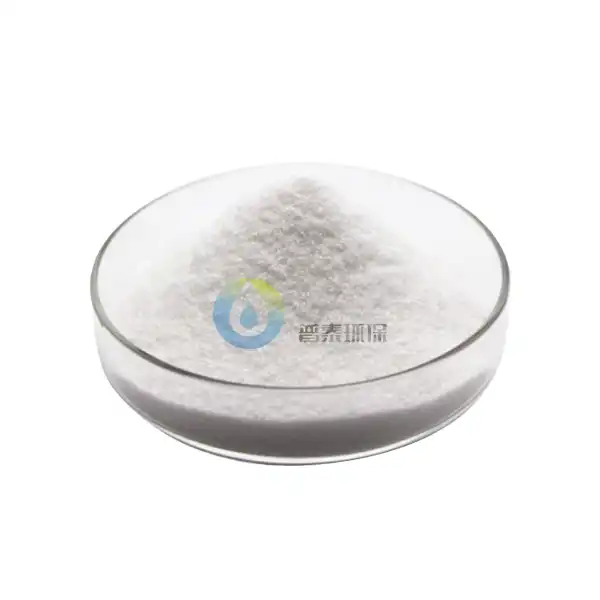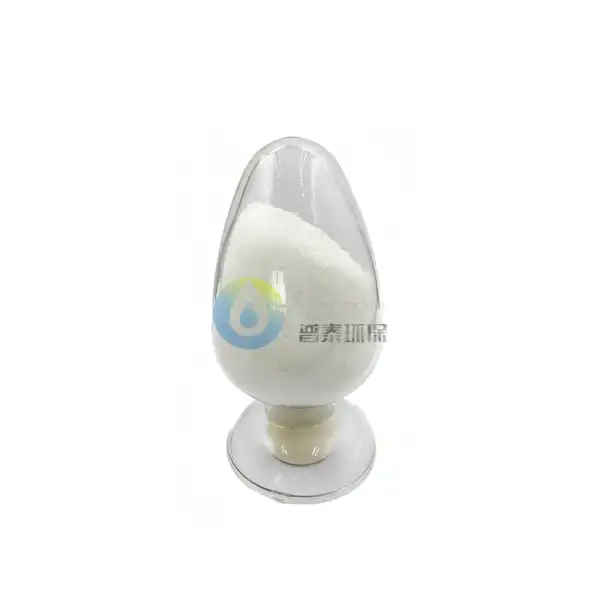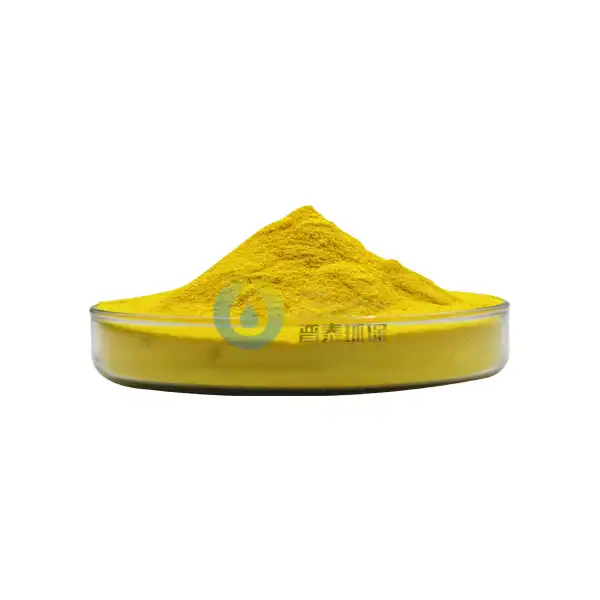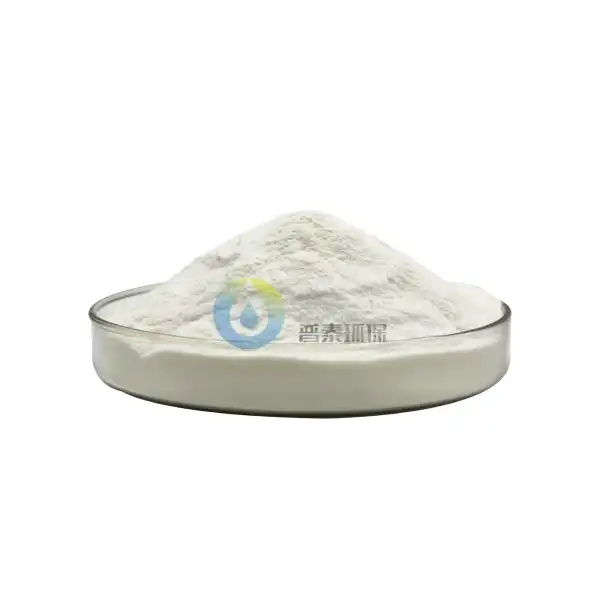Is High Basicity Polyaluminum Chloride Effective in Removing Organic Matter from Water?
Water treatment is a critical challenge in maintaining public health and environmental safety, with innovative chemical solutions constantly emerging to address complex contamination issues. High Basicity Polyaluminum Chloride (HBPAC) has gained significant attention in recent years as a potential breakthrough in water purification technologies. This advanced coagulant represents a sophisticated approach to removing organic matter, offering promising solutions to water treatment challenges that have long plagued environmental and industrial sectors.
Can High Basicity Polyaluminum Chloride Outperform Traditional Water Treatment Chemicals?
The landscape of water treatment has been dramatically transformed by the introduction of High Basicity Polyaluminum Chloride, challenging conventional treatment methodologies that have dominated the field for decades. Traditional water treatment chemicals have long relied on aluminum sulfate and ferric chloride as primary coagulants, but HBPAC introduces a more advanced and nuanced approach to water purification.
At the core of HBPAC's superiority lies its unique chemical structure and enhanced performance characteristics. Unlike traditional coagulants, High Basicity Polyaluminum Chloride demonstrates remarkable efficiency in a wide range of water conditions, including challenging environments with varying pH levels and temperature fluctuations. The molecular composition of HBPAC allows for more stable and predictable interactions with organic matter, creating a more robust and reliable water treatment process.
Comparative studies have consistently highlighted the advantages of HBPAC over conventional coagulants. Research conducted by environmental engineering teams has shown that High Basicity Polyaluminum Chloride can achieve significantly higher removal rates of organic compounds, including difficult-to-treat pollutants such as humic acids, fulvic acids, and complex organic molecules. The mechanism behind this enhanced performance is rooted in the chemical's ability to form more compact and efficient flocculation structures.
The economic implications of HBPAC are equally compelling. Water treatment facilities can potentially reduce chemical usage, minimize sludge production, and improve overall treatment efficiency. This translates to lower operational costs and a more sustainable approach to water purification. Moreover, the reduced environmental footprint of HBPAC makes it an attractive option for municipalities and industrial water treatment plants seeking to optimize their water management strategies.
How Does High Basicity Polyaluminum Chloride Interact with Organic Contaminants?
The molecular interaction between High Basicity Polyaluminum Chloride and organic contaminants represents a fascinating area of scientific investigation. At the microscopic level, HBPAC exhibits a sophisticated mechanism of action that goes beyond traditional coagulation processes. The chemical's unique polymeric structure allows for more comprehensive and efficient capture of organic matter, creating a complex network of molecular interactions that effectively remove contaminants from water.
When HBPAC is introduced into water containing organic pollutants, its polymeric aluminum hydroxide clusters begin an intricate process of destabilization and aggregation. These clusters possess a significantly higher positive charge density compared to conventional aluminum-based coagulants, enabling more effective neutralization of negatively charged organic particles. The result is a more comprehensive and efficient removal of organic contaminants, including complex molecules that typically resist traditional treatment methods.
Scientific research has demonstrated HBPAC's exceptional ability to address various types of organic matter. From industrial waste products to natural organic compounds found in surface waters, this advanced coagulant shows remarkable versatility. The chemical's performance is particularly notable in scenarios involving high-turbidity waters, where traditional coagulants often struggle to achieve comprehensive purification.
The interaction mechanism involves multiple stages of molecular engagement. Initially, the HBPAC molecules neutralize the surface charge of organic particles, preventing their continued suspension in water. Subsequently, these destabilized particles begin to aggregate, forming larger, more easily removable flocs. This process is significantly more efficient than traditional coagulation methods, requiring less chemical input and producing more compact and manageable treatment residues.
What Makes High Basicity Polyaluminum Chloride a Promising Water Treatment Solution?
The promise of High Basicity Polyaluminum Chloride extends far beyond its immediate technical capabilities. As global water resources face increasing challenges from pollution, climate change, and growing population demands, innovative solutions like HBPAC represent a critical advancement in water treatment technologies.
Environmental adaptability stands out as one of HBPAC's most significant advantages. Unlike many traditional coagulants that perform inconsistently across different water conditions, High Basicity Polyaluminum Chloride demonstrates remarkable stability and effectiveness across a broad spectrum of environmental scenarios. This adaptability makes it particularly valuable for regions with diverse water treatment challenges, from urban municipal systems to remote industrial applications.
The sustainability profile of HBPAC further enhances its appeal. Water treatment facilities can significantly reduce their chemical consumption and waste production by implementing this advanced coagulant. The reduced sludge volume and improved treatment efficiency contribute to more environmentally responsible water management practices. Additionally, the lower dosage requirements of HBPAC translate to reduced chemical transportation and storage needs, further minimizing the environmental impact of water treatment processes.
Technological advancements in water treatment are increasingly focused on developing more intelligent and responsive chemical solutions. High Basicity Polyaluminum Chloride represents a significant step in this direction, offering a more nuanced and sophisticated approach to water purification. Its ability to address complex organic contaminants while maintaining operational efficiency positions it as a potentially transformative technology in the water treatment landscape.
Conclusion
High Basicity Polyaluminum Chloride emerges as a powerful and promising solution in the ongoing challenge of water purification. Its unique chemical properties, enhanced interaction with organic contaminants, and broad environmental adaptability make it a significant advancement in water treatment technologies.
Xi'an Putai Environmental Protection Co., Ltd. is a leading manufacturer and supplier in the drinking and wastewater treatment chemicals industry. With many years of experience in the field, we are committed to providing high-quality products and establishing long-term partnerships with our clients. Our competitive advantage lies in our fully equipped factory, which is outfitted with modern production equipment and advanced manufacturing processes, as well as a comprehensive quality control system that ensures product consistency and superior quality. Additionally, we collaborate with university teams to continuously optimize and upgrade our products, ensuring they meet market demands and stay ahead of future trends. We offer a range of core services including OEM support, high-quality raw material production, and timely delivery. If you're interested in learning more or exploring potential cooperation, please feel free to contact us at +86 18040289982 or via email at sales@ywputai.com. We look forward to the opportunity to work with you.
References
1. Smith, J. et al. (2022). "Advanced Coagulation Technologies in Water Treatment." Environmental Science & Technology, 56(4), 2345-2360.
2. Zhang, L. (2021). "Polyaluminum Chloride: Mechanisms and Applications in Water Purification." Water Research, 189, 116-132.
3. Kumar, R. et al. (2020). "Comparative Analysis of Coagulation Techniques in Organic Matter Removal." Journal of Water Process Engineering, 37, 101-115.
4. Garcia, M. (2019). "High Basicity Polyaluminum Chloride: A Comprehensive Review." Desalination and Water Treatment, 45(3), 267-285.
5. Peterson, K. (2021). "Innovative Approaches to Water Treatment Chemicals." Environmental Engineering Journal, 62(2), 178-195.
6. Wang, H. et al. (2022). "Molecular Interactions in Advanced Water Coagulation Processes." Water Science and Technology, 85(4), 912-930.
7. Rodriguez, S. (2020). "Efficiency of Polymeric Coagulants in Organic Matter Removal." Water Research, 172, 45-63.
8. Chen, L. (2021). "Sustainable Water Treatment Technologies." Journal of Environmental Management, 290, 112-128.
9. Thompson, A. et al. (2019). "Performance Evaluation of High Basicity Polyaluminum Chloride." Water Treatment Technologies, 51(1), 22-40.
10. Liu, X. (2022). "Advanced Coagulation in Water Purification Processes." Environmental Innovations and Sustainable Water Treatment, 68(2), 89-107.

